
If you’re a traveler with an adventurous spirit and a love for the world’s most breathtaking destinations, then a Royal Caribbean cruise offers the ultimate journey. From the glaciers of Alaska to the historic wonders of Greece, this cruise line takes you to over 240 remarkable locations across the globe, each filled with unique experiences. Let’s dive into some of the most incredible destinations you can visit on a Royal Caribbean cruise.
1. Norwegian Fjords
Norway’s majestic fjords are a bucket-list destination for nature lovers, and a Royal Caribbean cruise offers the perfect opportunity to explore them. The country, home to over 1,100 fjords, offers a variety of excursions for those who want to experience its dramatic landscapes. In Geiranger, hike to Storseterfossen waterfall, where you can walk behind the cascade for a thrilling perspective.
Bergen, often called the “Heart of the Fjords,” is a charming city surrounded by mountains, offering a fantastic mix of natural beauty and historical charm. Visit Bryggen, a UNESCO World Heritage site, and take in panoramic views from Mt. Floyen. Oslo’s Munch Museum is another highlight, showcasing the works of iconic Norwegian artist Edvard Munch.
2. Iceland
Iceland is a land of awe-inspiring natural wonders, from geysers to glaciers. On a Royal Caribbean cruise, you’ll get to visit Reykjavik, a city known for its colorful houses and vibrant arts scene. Don’t miss the Blue Lagoon, a geothermal spa that’s perfect for relaxation after a day of sightseeing.
Another must-see is Akureyri, the “Capital of the North,” where you can enjoy a dip in the town’s thermal pool or explore the stunning Golden Circle route, which includes the Geysir geothermal area, Gullfoss waterfall, and Þingvellir National Park. For a truly unforgettable experience, head out for whale watching or see the Northern Lights if you’re visiting in the winter.
3. Alaska
Alaska offers some of the most pristine wilderness in North America. Royal Caribbean’s cruise to Alaska includes incredible scenic views, such as the Inside Passage, where you can explore fjords and ice-capped mountains. The wildlife here is exceptional, and you’ll have the chance to spot bald eagles, moose, grizzly bears, and even orca whales.
For the adventurous, there are thrilling excursions like dog sledding, zip-lining through rainforests, and glacier walks. Learn about the rich cultural heritage of the native Alaskan tribes, and don’t forget to experience the Midnight Sun during the summer months, when daylight lasts for more than 20 hours.
4. Canada & New England
A Royal Caribbean cruise through Canada and New England offers the perfect blend of nature, history, and charm. In Maine, you can explore Acadia National Park, the oldest national park east of the Mississippi River, followed by a delicious lobster bake.
In Prince Edward Island, the home of Anne of Green Gables, you can tour historic lighthouses and sample local wines at the Rossignol Estate Winery. The Bay of Fundy, famous for its tidal changes, is the perfect spot for whale watching. For a touch of history, stroll through the cobblestone streets of Quebec City, where you can visit sites like the iconic Château Frontenac.
5. Greece & The Greek Isles
Greece, with its ancient ruins and stunning islands, is a dream destination for travelers seeking history, culture, and natural beauty. Start your cruise in Athens, where you can visit the Acropolis and the Parthenon, two of the world’s most significant ancient landmarks.
From there, island hop to Mykonos, famous for its whitewashed buildings, vibrant nightlife, and beautiful beaches. Santorini, known for its stunning sunsets and dramatic cliffs, is a must-visit, as are the islands of Corfu and Cephalonia, each offering their own blend of natural beauty and historical charm.
6. Australia
Australia, a land full of both urban excitement and natural wonders, is an ideal destination for a Royal Caribbean cruise. Sydney, with its iconic Opera House and Bondi Beach, is a great place to start your adventure. Queensland’s Whitsunday Islands, home to the Great Barrier Reef, offer unparalleled snorkeling opportunities.
For a more rugged experience, head to the outback and visit Uluru, one of the most recognizable landmarks in the world. Watch the colors of Ayers Rock change at sunrise and sunset, and learn about its cultural significance to the indigenous Anangu people. Australia is a perfect mix of natural beauty, cultural heritage, and laid-back charm.
Conclusion
Whether you’re drawn to the rugged landscapes of Alaska, the ancient history of Greece, or the stunning beauty of the Norwegian Fjords, a Royal Caribbean cruise offers the chance to explore some of the world’s most amazing destinations. With luxury accommodations, world-class dining, and unforgettable shore excursions, a cruise with Royal Caribbean is an experience that will stay with you long after you return home.












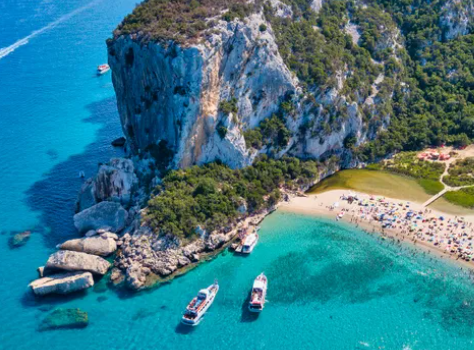
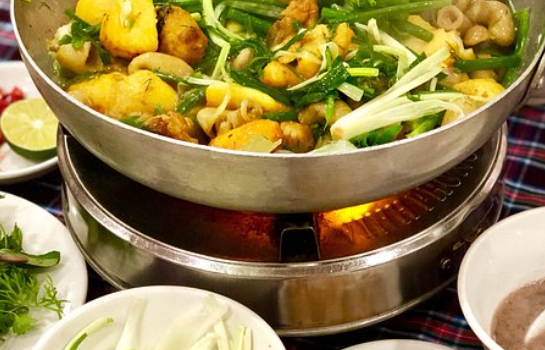
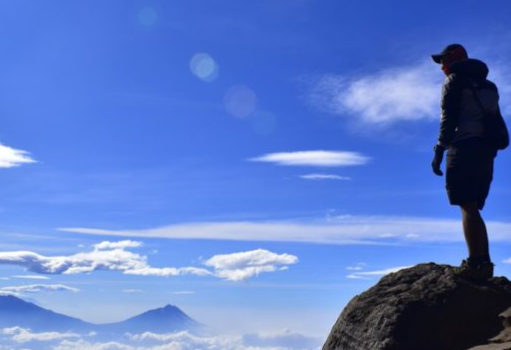

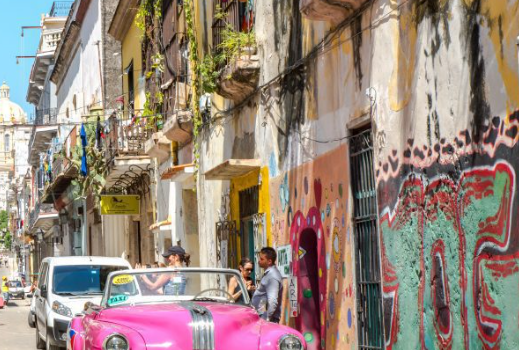
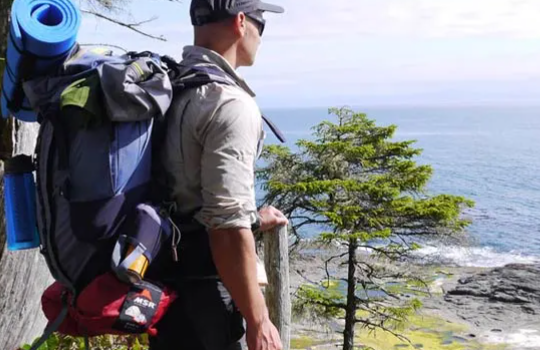
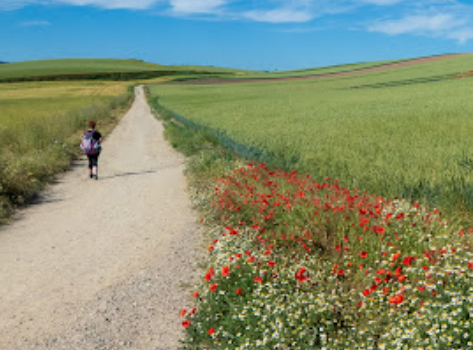

Comments